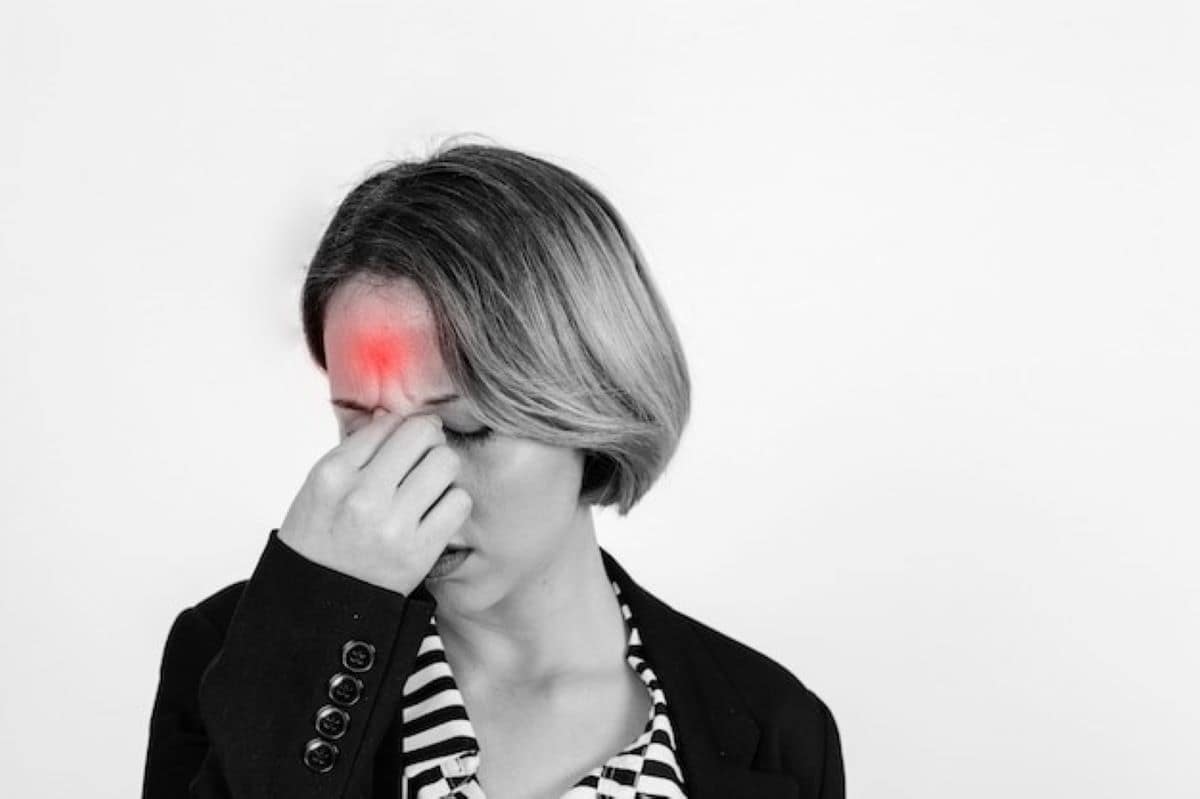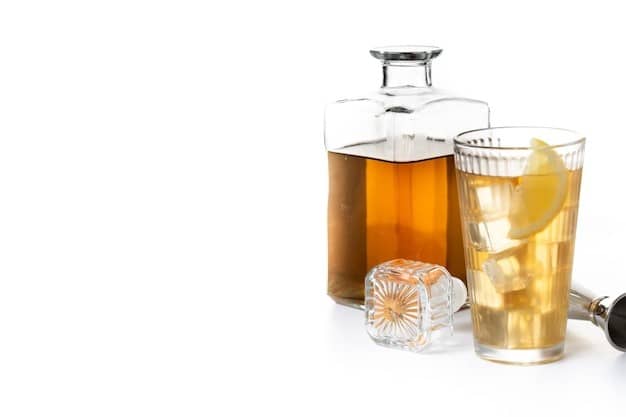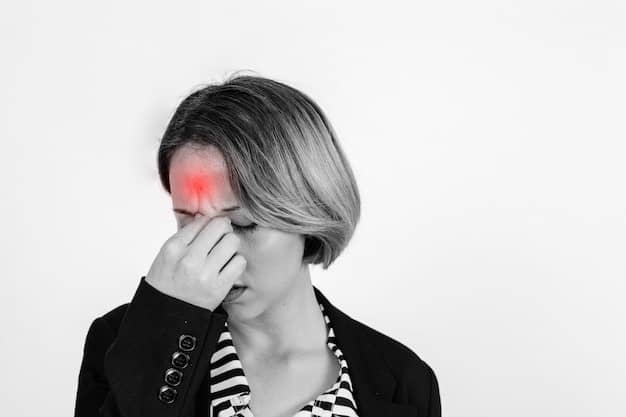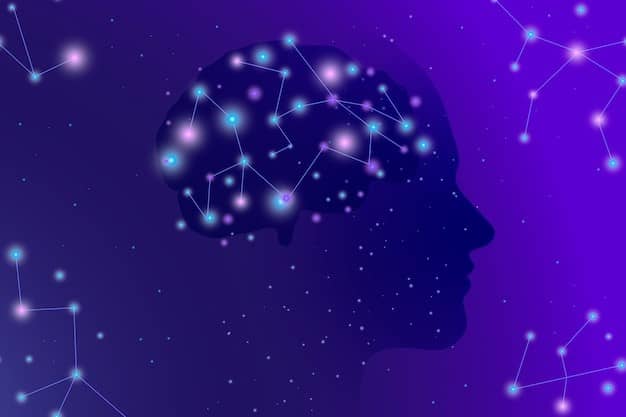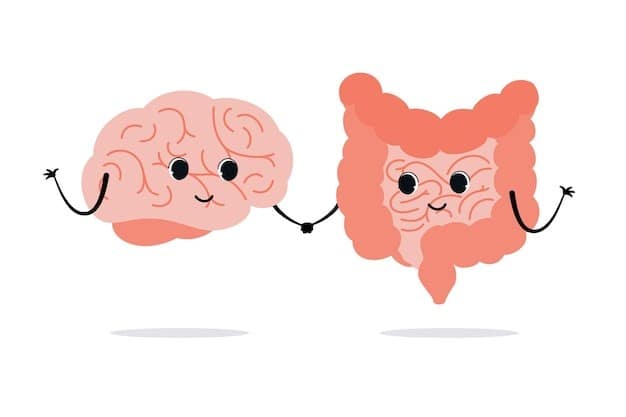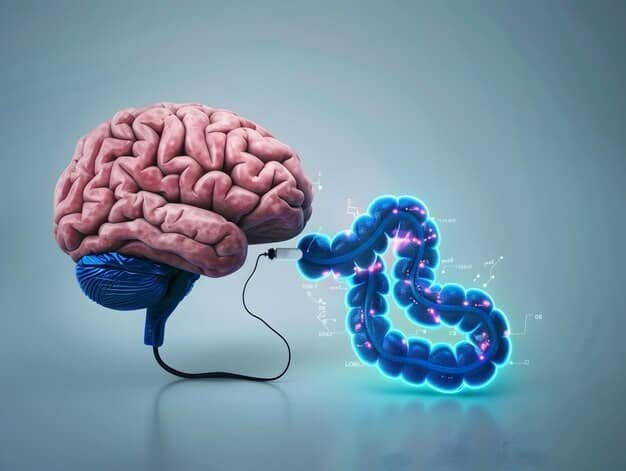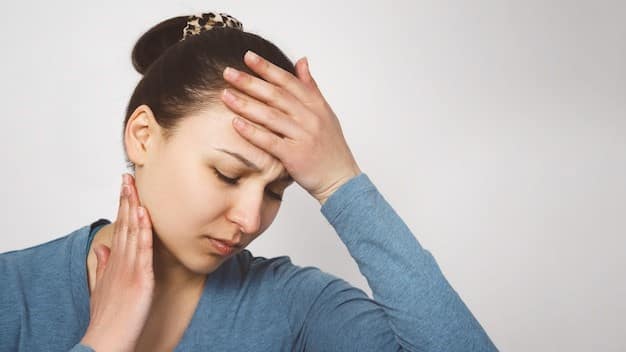How Warm Compress Therapy Helps Alleviate Migraine Symptoms
Introduction to the Ways in Which Warm Compress Therapy Helps Manage Migraine Symptoms
Migraines can be severe, impacting not just physical health but also daily productivity and mental well-being. With a variety of treatments available, including drugs and lifestyle changes, warm compress therapy stands out as a natural, cost-effective, and relaxing choice for migraine relief. This blog delves into the science of warm compress therapy, how it works, and practical strategies to include it into your migraine care practice.
Understanding Migraine
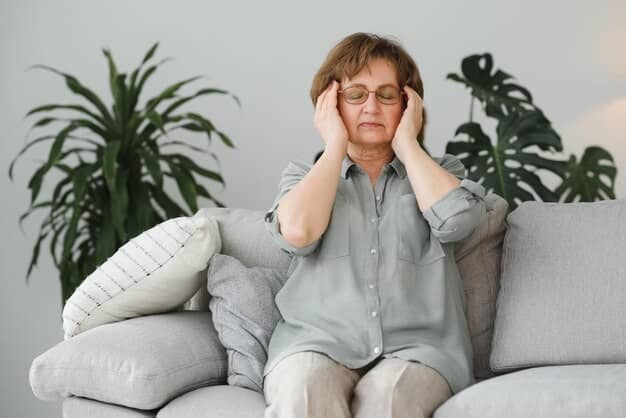
Migraines involve more than simply severe headaches. They are a neurological disorder distinguished by acute, throbbing pain, which is frequently accompanied by symptoms such as nausea, sensitivity to light and sound, and vision abnormalities.
Migraine triggers include stress, hormonal fluctuations, a lack of sleep, particular meals, and environmental variables.
Migraines progress through four stages: prodrome, aura, headache, and postdrome, each with its own set of symptoms.
While medication and preventive practices are important in controlling migraines, complementary treatments such as warm compress therapy can give quick and convenient relief.
How Does Warm Compress Therapy Work for Migraines & It’s Symptoms?
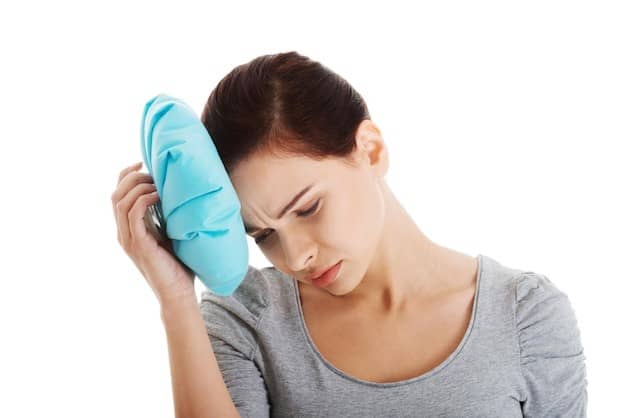
Warm compress therapy involves putting a heated pad, cloth, or gel pack to certain parts of the body. The warmth relaxes stiff muscles, enhances blood circulation, and lowers the severity of pain signals.
1. Relieves Tension in Muscles
Migraines are frequently connected with muscle tension in the neck, shoulders, and scalp. The heat from a warm compress relaxes these stiff muscles, relieving pressure and lowering headache intensity.
2. Improves Blood Flow
Migraines are frequently associated with poor blood flow and vascular constriction. A heated compress can widen blood vessels, increasing blood circulation to the affected areas, potentially relieving pain and suffering.
Activates Soothing Nerve Responses
Heat therapy activates thermoreceptors in the skin, sending soothing messages to the brain. This lessens the sense of pain and delivers a soothing experience.
4. Eases Stress and Anxiety
Stress is a common trigger for migraines. Warmth has a naturally relaxing impact, lowering stress and increasing relaxation, potentially reducing the frequency and intensity of migraines.
When to Use Warm Compress Therapy for Migraines for Migraines & It’s Symptoms

Warm compresses can be useful, but timing and placement are critical for best relief:
Prodrome Phase: Using a warm compress during the early stages of a migraine (such as weariness or neck stiffness) may help keep it from worsening.
During Migraine Attacks: If your migraine is caused by muscle strain or stress, a warm compress can provide relief. However, if your migraine causes extreme inflammation or sensitivity, cold therapy may be a better option.
How to Use Warm Compress Therapy for Migraines & It’s Symptoms

Using a warm compress is simple, but you must follow these procedures to maximize its benefits:
Choose the Right Warm Compress
Options include reusable gel packs, hot water bottles, or DIY warm towels. To avoid burns, ensure that the temperature is warm rather than hot.
Identify the Pain Area
Apply compress to regions like as:
- Forehead: Migraines focused on the front of the head.
- Neck and shoulder: If muscle strain is causing your headache.
- Temples: To treat localized pain on the sides of the head.
Duration of Application
Use the compress for 15 to 20 minutes. If necessary, reapply after a brief rest.
Combine with Relaxation Techniques
Combine the therapy with deep breathing exercises, aromatherapy, or a calm, dark location to maximize its effects.
Benefits of Warm Compress Therapy for Migraines

- Natural and Non-Invasive: Unlike pharmaceuticals, warm compress therapy has few adverse effects, making it a safe choice for most people.
- Convenient and Affordable: Warm compress therapy, which requires no prescriptions or specialist equipment, can be used at home, work, or while traveling.
- Holistic Relief: It not only relieves headache pain but also promotes general relaxation and stress reduction.
Who Should Avoid Warm Compress Therapy?
While warm compress therapy is typically safe, it may not be appropriate for everyone.
- People with sensitive skin or disorders such as rosacea should avoid prolonged heat exposure.
- If your migraine is caused by inflammation, a cold compress may be a better solution.
- People with cardiovascular problems should consult a doctor before utilizing heat therapy.
Complementary Approaches to Enhance Relief
Combining warm compress therapy with other treatments can make it even more successful.
- Cold Compress for Alternating Therapy: Alternate between warm and cold compresses to maintain a balance of vasodilation and constriction.
- Massage Therapy: Gentle massages on the neck and shoulders, combined with a warm compress, can help relieve muscle tension and promote blood flow.
- Hydration and Proper Nutrition: Drinking water and avoiding migraine-inducing foods (such as caffeine or processed snacks) can enhance the effects of heat therapy.
- Mindfulness and Yoga: Yoga, meditation, and progressive muscle relaxation are effective stress-reduction strategies that complement warm compress therapy.
Scientific Evidence Supporting Warm Compress Therapy

Heat therapy is effective in treating headaches, according to research.
- A study published in the Journal of Headache and Pain shows that thermal therapy can lessen headache intensity and duration.
- Another study in Pain Management Nursing found that heat application effectively lowers stress-related muscle tension, which is a major migraine trigger.
While additional research is needed to fully understand its advantages for migraines, anecdotal and physiological evidence is encouraging.
Warm compress therapy is a mild and accessible technique to treat migraine symptoms. It can be a useful addition to your migraine management repertoire because it improves blood circulation, relaxes muscles, and lowers stress. Remember, what works for one person may not work for another. Consult your doctor to check that this therapy is compatible with your unique migraine treatment regimen.
Migraines are complex, and a multifaceted approach—including lifestyle changes, medication treatments, and therapies such as warm compresses—can significantly improve your quality of life. Try warm compress therapy and feel the relaxing relief it can bring during your next migraine episode.
At Jaslok Hospital, we understand the difficulties of living with migraines and are dedicated to delivering comprehensive and individualized care. Our skilled team combines advanced medical treatments with natural therapies such as warm compresses to provide you with long-term relief. Trust Jaslok Hospital to help you achieve a migraine-free life.










